5 best language learning apps for learners of different levels
First of all, congratulations on your brave step! We believe you will succeed in mastering your chosen language!
Second, let's find you the best language-learning apps for different occasions. The selection we've compiled is based on scientific research, our own experience, and user feedback. These apps allow you to learn over 50 languages and improve your grammar and speaking skills.
Do language learning apps work?
But wait... How effective are language learning apps? And are they effective at all?
It seems that the effectiveness of apps depends largely on the learner's motivation and level of language proficiency.
For example, in one study, native English speakers increased their test scores (WebCAPE) by an average of 91.5 points in just 8 weeks of learning Spanish with an app. Interestingly, those who had a strong goal, such as traveling, did the best. And those who learned for the sake of learning or self-improvement made the least progress.
Of course, even the best language-learning apps are not almighty. They usually can't teach fluent communication because they simply don't give you access to live talks with native speakers. Also, the explanation of mistakes can be poor there.
But! With apps, you can definitely improve your grammar, vocabulary, and listening skills. It's also a great way to learn the basics of the language.
Teachers and researchers say that apps work best when combined with traditional learning, active speaking, watching movies, and reading books. They complement each other, and you grow faster.
How to find the best language-learning apps?
In our search for the best apps for learning languages, we excluded "single-function" tools, such as those that only teach words. We looked for apps that have all or most of these things:
- Vocabulary lessons
- Grammar explanations
- Audio and text exercises
- Flashcards, games, quizzes
- Speech recognition and pronunciation feedback, etc.
Use the table below to quickly determine what language-learning app is the best for you. For more details on each tool, scroll down.
| Duolingo | Memrise | Busuu | Babbel | Pimsleur | |
|---|---|---|---|---|---|
| Vocabulary drill | yes | yes | yes | yes | yes |
| Grammar explanation | no | no | yes | yes | no |
| Audio exercises | yes | yes | yes | yes | yes |
| Real-life pronunciation | no | yes | no | no | no |
| Speech recognition / Pronunciation feedback | yes | no | yes | yes | yes |
| Games, quizzes | yes | no | no | no | yes |
| Flashcards | no | no | yes | yes | yes |
| Platform | Web, iOS, Android | Web, iOS, Android | Web, iOS, Android | Web, iOS, Android | Web, iOS, Android |
5 top learning language apps
Let's explore our picks for the best apps to learn a language on a Mac in more detail.
Duolingo
Best app to learn a language for free at a beginner to intermediate level.
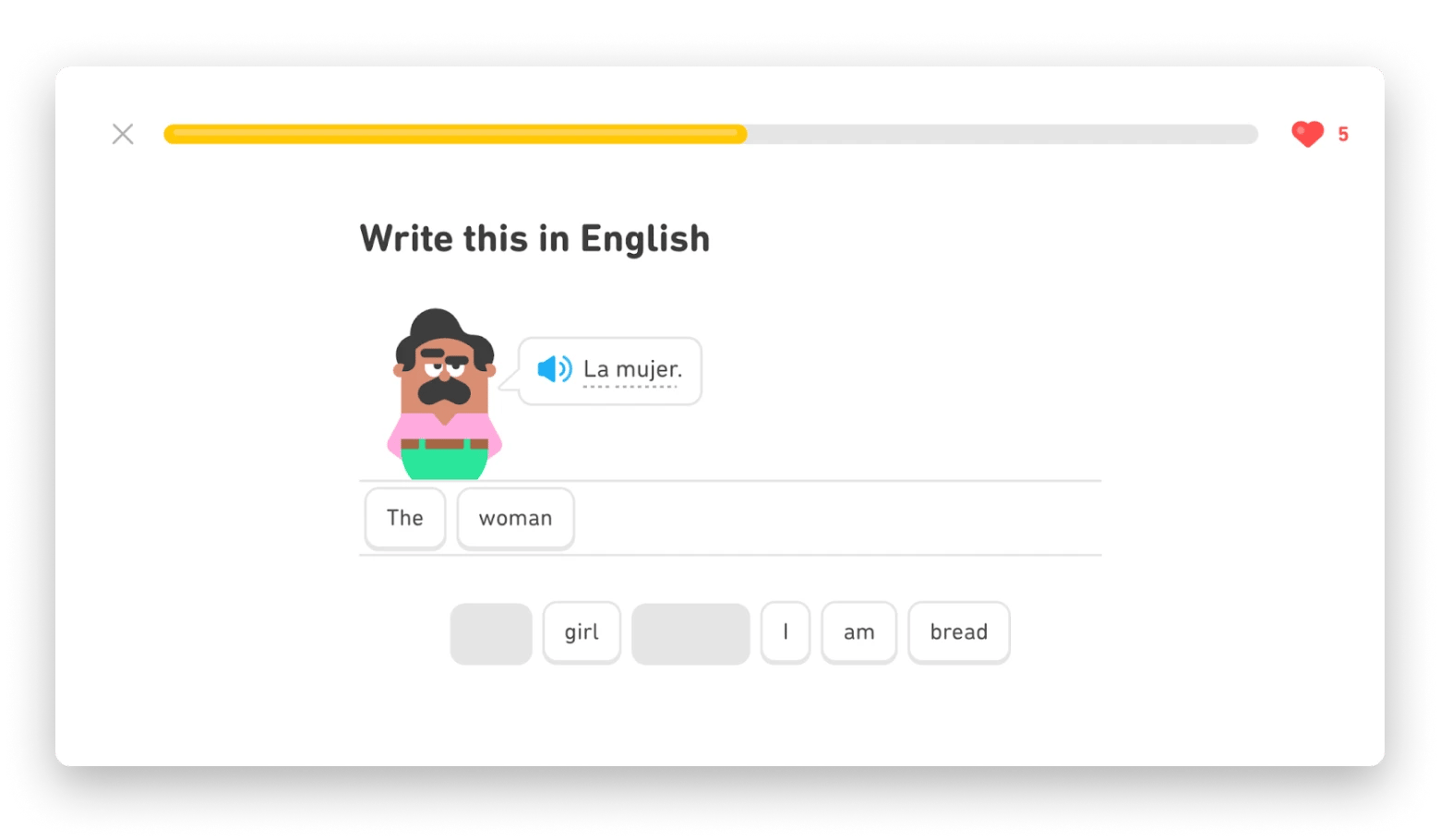
- 40 languages available (even Klingon and Esperanto)
- Strong motivation
- Free
- No explanation of grammar rules
- No vocabulary
Have you ever had a game on your phone or computer that you were constantly stuck in? Like popping bubbles or a farm? Well, Duolingo has that same addictive effect. It's designed like a game but with real achievements: for some beginners, a Duolingo course is equivalent to 4 semesters of language study at university.
In Duolingo, you'll do a lot (a lot!) of repeating, translating, and memorizing. But it won't be boring – it's all game. Moreover, you'll come across funny content, like "My duck drinks beer for breakfast." According to the developers, this stimulates memorization. The downside is that there are no explanations of the grammar here – you'll have to figure it out from the context.
The app keeps track of the days you spend in the app, and it's a super powerful motivation. It reminds you that "you've been studying for X days in a row. Only 5% of people are like you!" And who knows why – but it keeps you coming back to Duolingo every day, just not to lose your rating.
Memrise
Best app to learn languages through communication.
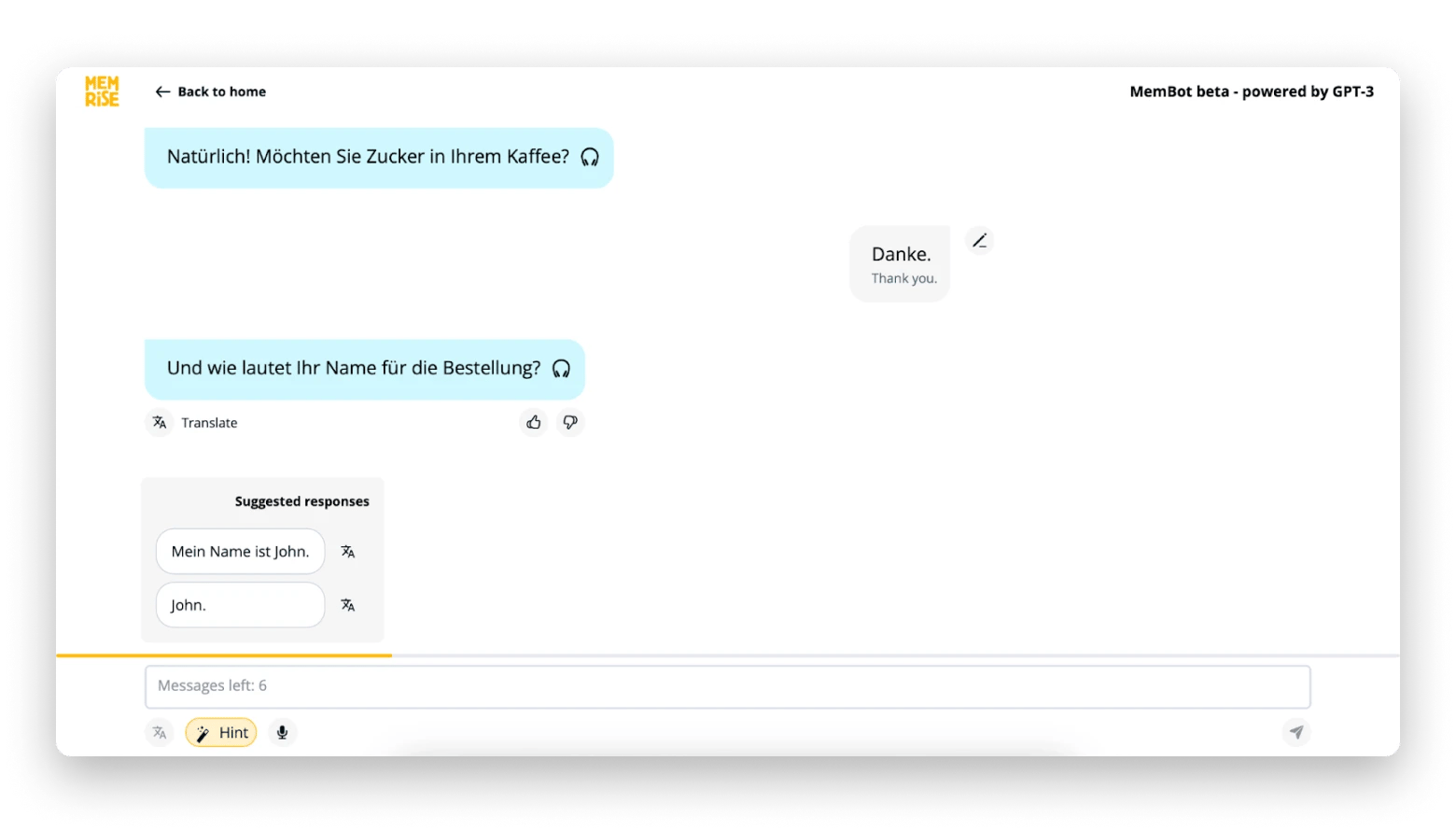
- 22 languages available
- Fun live videos
- AI bot to practice communication
- Short lessons
- Few grammar explanations
- Free version is of little use
- No premium trial (paid from $22.99/month)
The creators of Memrise are a neuroscientist, a memory specialist, and a language learning researcher. Together, they developed a learning philosophy called the Memrise Stool, which stands on three principles ("legs" ): learn, immerse, and communicate – and this is how you become fluent in any language.
For learning, you get short lessons with endless repetition of new words and phrases. For immersion – short videos with native speakers. For communication – an AI bot (though it's quite complicated for beginners).
Those short videos (often funny, TikTok-like) are the app's specialty. For example, to learn the German word "die Milch," you watch several videos of ordinary Germans pronouncing it – sometimes even on the street with the noise of cars in the background. This way, you get used to authentic accents and pronunciations.
Another interesting feature here is literal translations. For example, the German phrase "Ich habe Hunger" will be translated for you in a standard way ("I am hungry") and literally ("I have hunger"). Apparently, this helps you understand the structure of the language better.
Tip. If you are learning a language, you may need a reliable translator with "educational" features. We highly recommend Mate. With it, you can:
- Automatically translate selected content on websites (in Safari)
- Translate subtitles on Netflix
- Create vocabulary lists with translation, transcription, pronunciation, and synonyms
All of this is available in 103 languages. The app lives in the menu bar and feels totally native to the Mac.
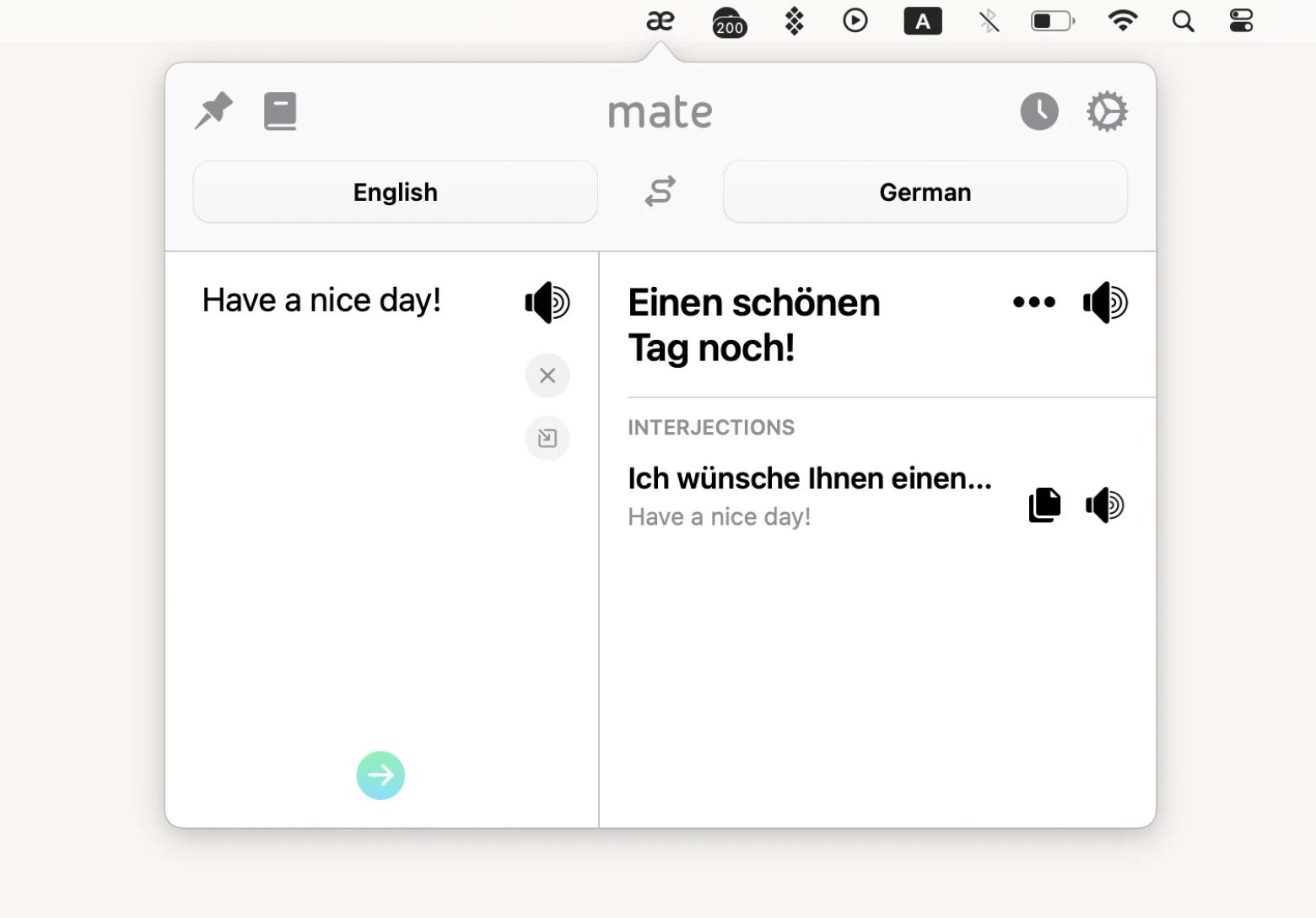
Busuu
Best language learning app to reach B2/C1 in a conscious way and with live feedback.
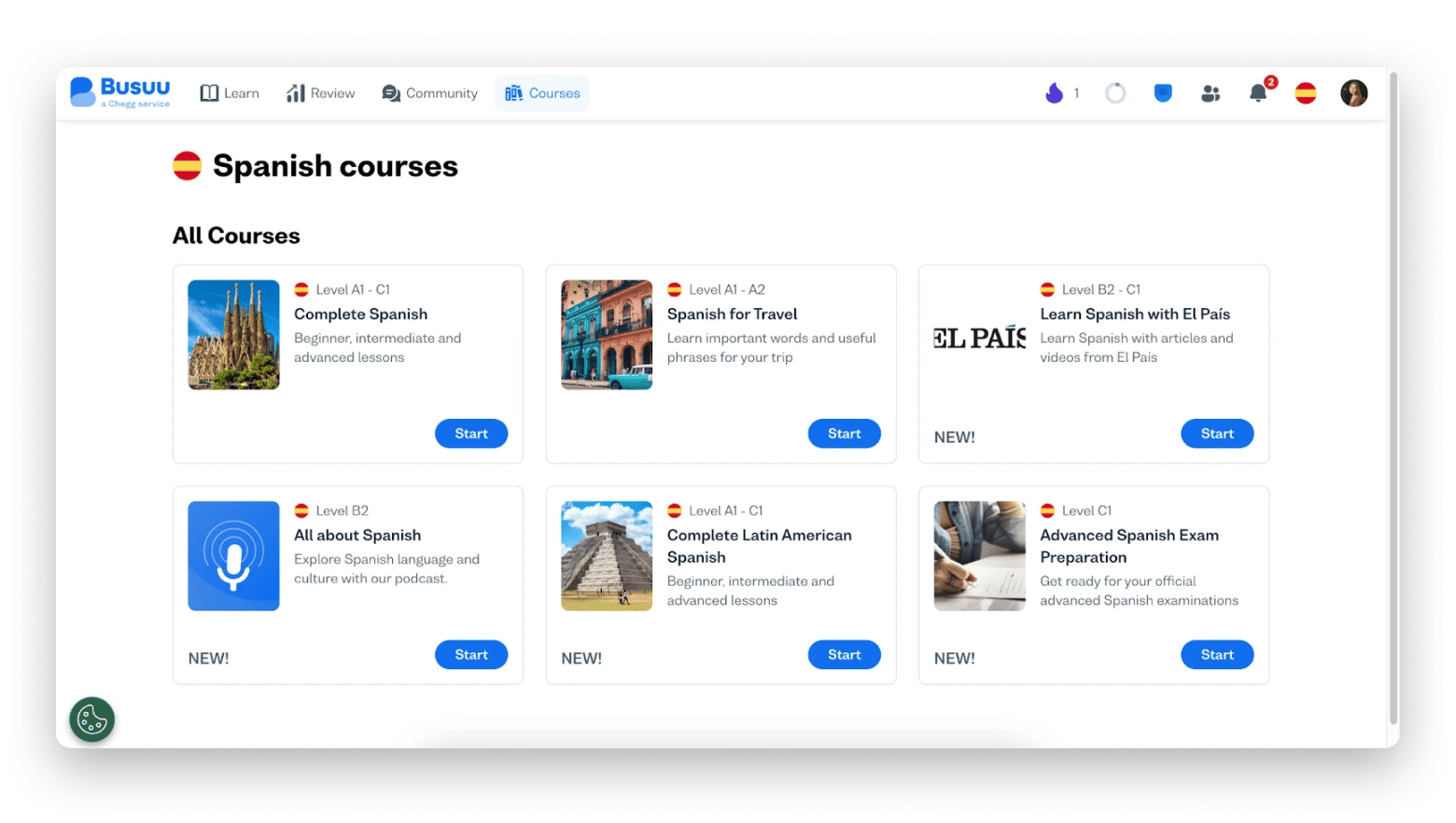
- 14 languages available
- Powerful word and grammar practice
- 7-day premium trial is available
- Mostly not suitable for learners above the B2 level
- Learning audios sound a bit robotic
Busuu is built using the Common European Framework of Reference (CEFR) standards. This means that in this app, you move through the levels from A1 to A2, B1, B2, and C1. At the end of each section, you take a test. And that is a huge inspiration! Because "I've already reached A1 in Spanish" sounds much better than "I've been studying Spanish for three months," right?
Unlike many other apps, Busuu clearly explains the grammar rules. You can always review them in a special section or get a hint during the lesson.
Busuu is also a kind of social network. You can record your pronunciation or write your answer, and other students (native speakers of the language you are learning) will check it. You can do the same for people who are learning your language.
For a more focused immersion, specialized courses are available. For example, you can take a Spanish for travel or Latin American Spanish course in addition to general Spanish.
Tip. To practice your pronunciation, you'll need to speak a lot. Try speaking with the MurmurType turned on. The app's job is to transcribe your speech. It can recognize about 20 languages and usually understands speech with an accent or that is not clear enough. So, it's a good litmus test to see if your pronunciation is improving. If the app transcribes exactly what you say – great! You're moving in the right direction.
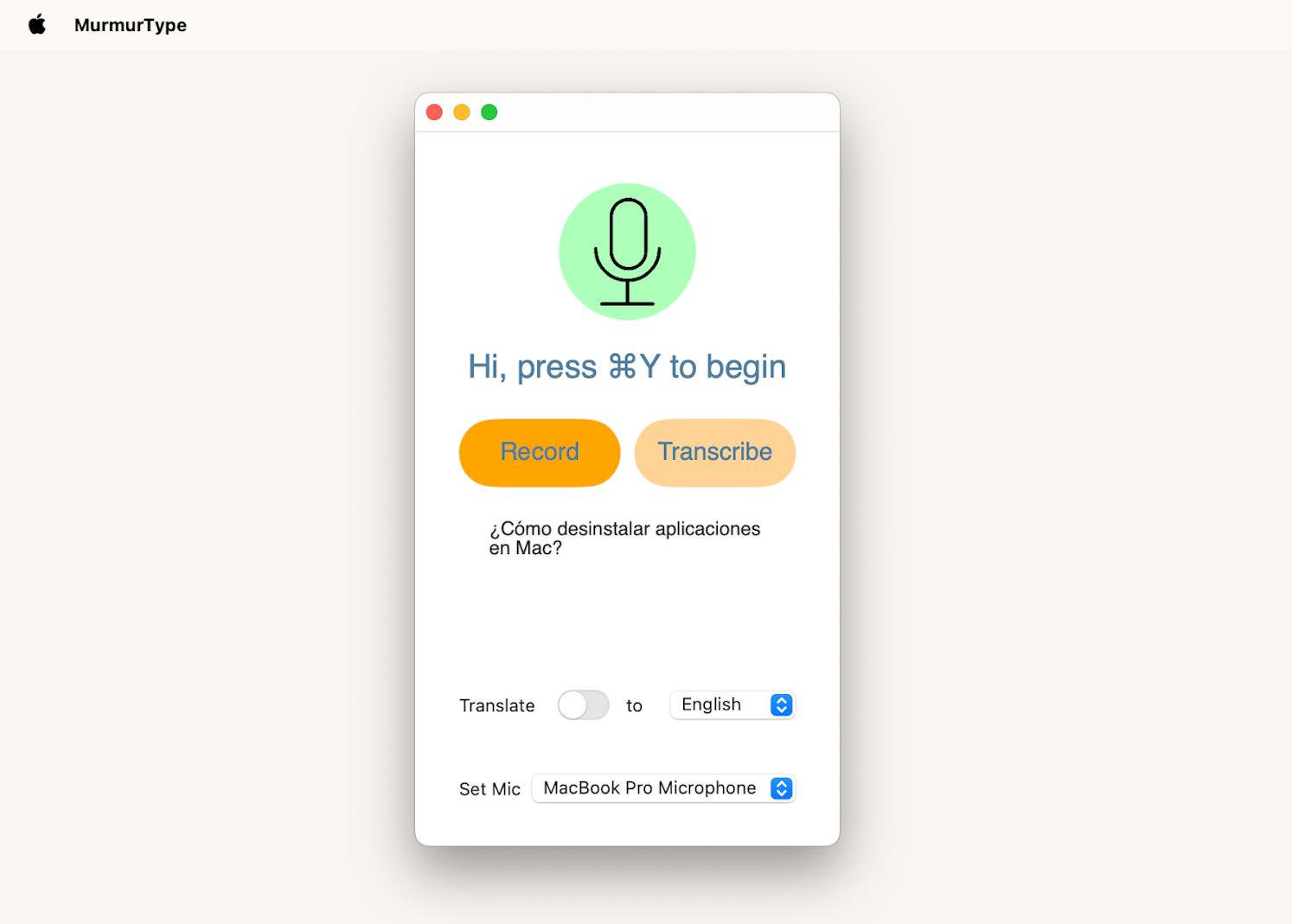
Babbel
Best app to learn a new language in a "school way"
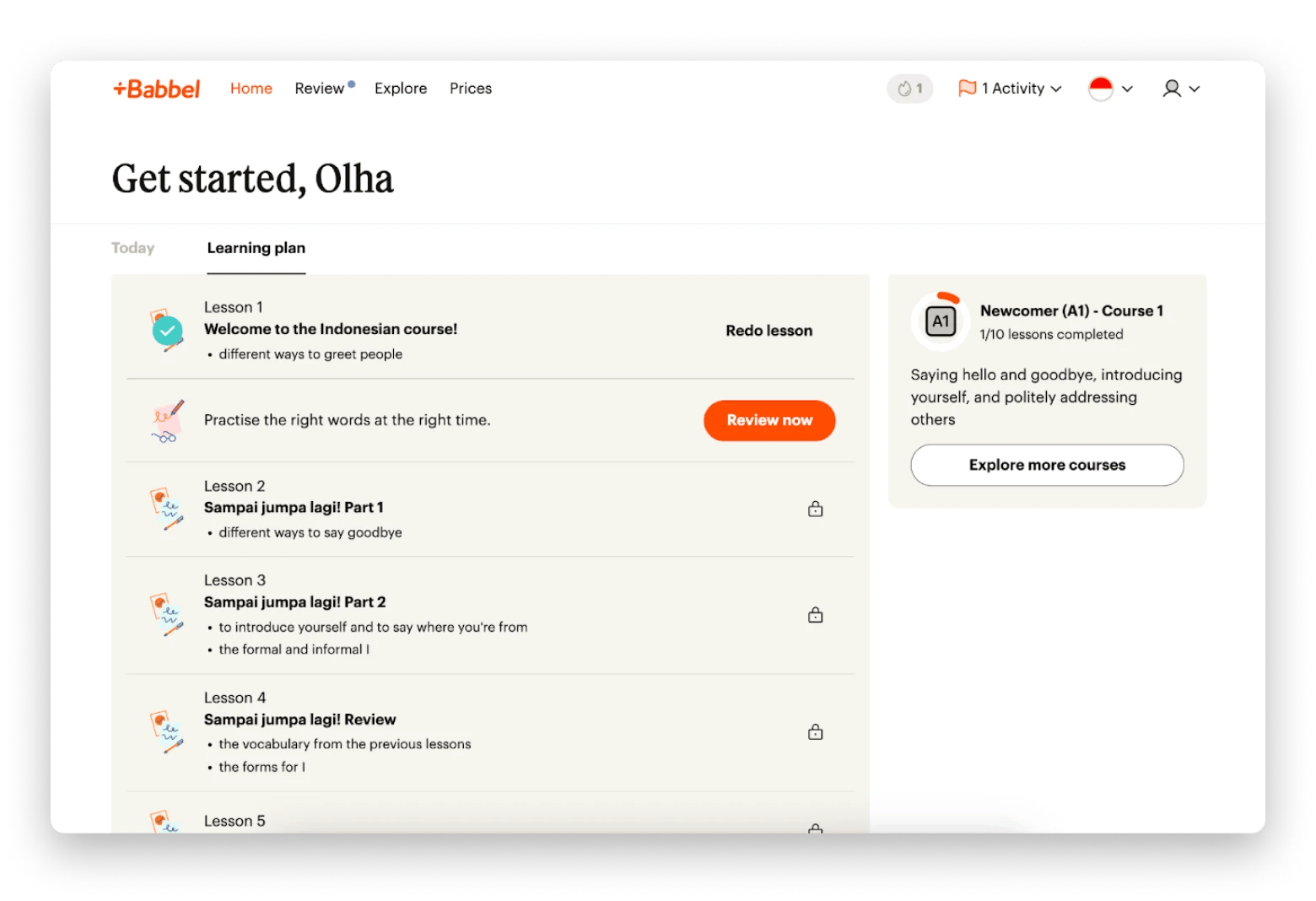
- 13 languages available
- Adapts to student age
- Comprehensive skill development
- Live lessons
- No free trial (paid from $8.95/month)
- Takes time to get used to the interface
Babbel is a language app with a pretty thorough approach. It focuses on everything at once: learning vocabulary, grammar, speaking, listening, and more. To prove its effectiveness, Babbel even conducted a 12-week study with Yale University in which all students who learned Spanish with the app showed significant progress.
Babbel lessons are a bunch of different activities. There are speaking exercises (the program recognizes your voice and evaluates your pronunciation), translation exercises, podcasts, games, and even live lessons with teachers (for a fee).
Babbel explains grammar to you, and the words you've learned are collected in a separate section. It's easy to return to them and practice them – orally, in writing, by listening, or in flash card format.
On the downside, the lessons' interface can seem cluttered, especially when additional tips or reminders appear. But you get used to it. The real inconvenience is the very limited demo version. For free, you can try only one small lesson in each language.
Tip. How comfortable are you with public speaking? Like self-presentations, job interviews, or meetings? There's an AI that can listen to your speech and give you meaningful feedback on your speaking skills, pacing, articulation, voice monotony, and more. It's called Speeko.
In the app, you can choose a ready-made prompt (like a list of interview questions or a random topic to comment on) or speak from the heart. The main thing is that you talk for at least 20 seconds. As a result, you will receive feedback and a list of recommendations, as shown in the screenshot below. It works best with English.
Pimsleur
Best app to learn a new language on the go
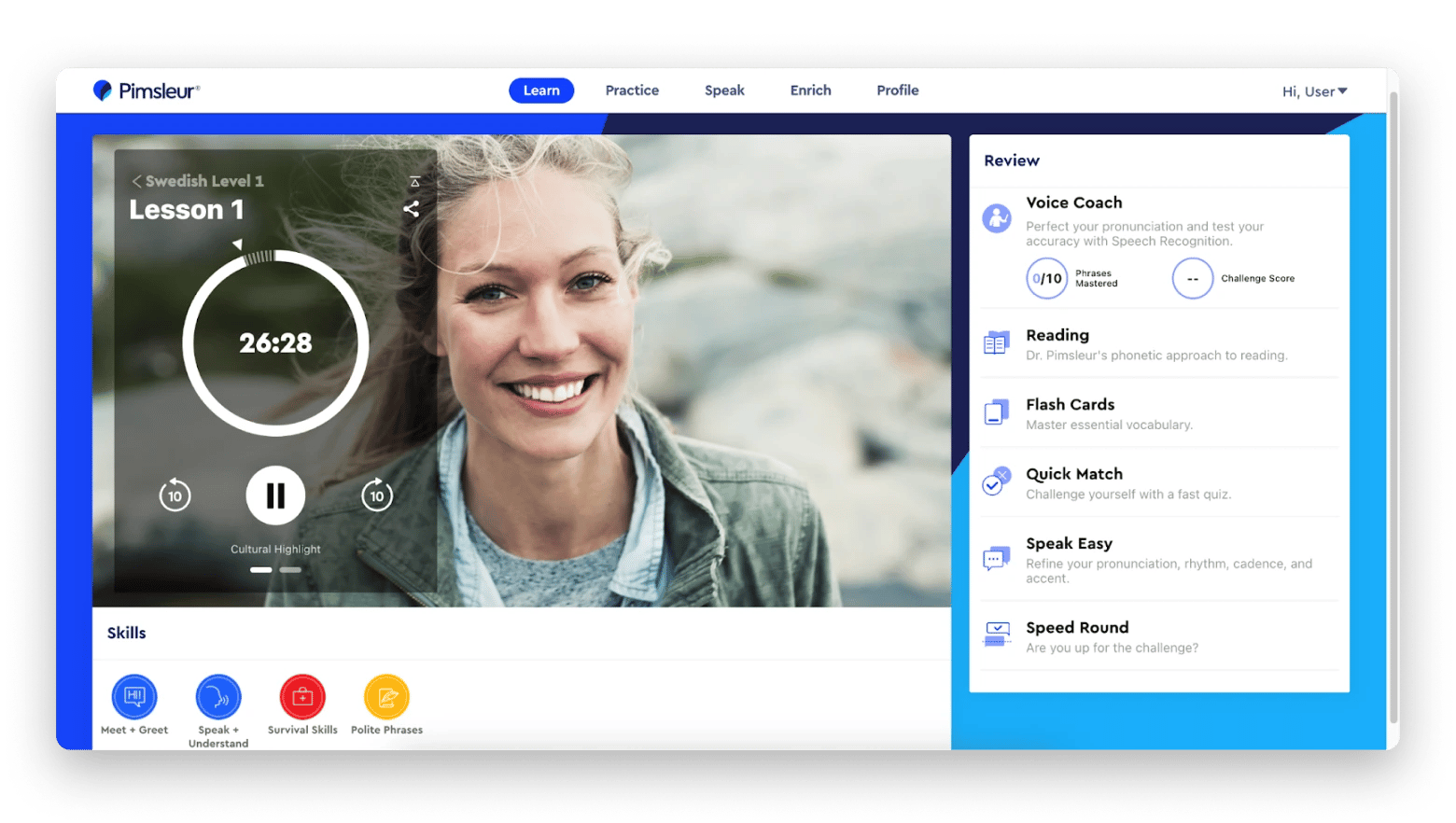
- 35+ languages available
- Clear learning plan
- Non-trivial tasks
- Separate payment for each level
- May require some getting used to due to the unusual learning format
Pimsleur is named after the linguist who developed the approach to language learning embedded in the app. The program encourages you to stop cramming, taking notes, and diving into grammar. Instead, listen, repeat aloud, and speak.
Each lesson is a 30-minute audio recording where the tutor guides you through a specific topic. You will learn commonly used words and typical constructions – the things you will likely use in everyday communication.
To practice your skills, you'll use flashcards, games, speed exercises, and speaking practice. But the daily audio lessons come first.
In the paid version ($119.95 for a level of 30 lessons), you can download audio to listen to on the go. According to the developers, 75% of their students have learned a new language on the go.
What is the best app to learn a language: Solved
So, the choice of tool should depend on your needs and preferences. In our opinion, the best language learning app for speaking is Memrise, for free learning – Duolingo, for gradual progression to a proficiency level – Busuu, for a school-like learning format – Babbel, and for learning on the go – Pimsleur.
In each case, you will need additional live classes and a few tools to master the language fully. We recommend Studies for creating flashcards and memorizing words. Mate Translate will help you build a vocabulary and translate websites' content and subtitles from Netflix. MurmurType will transcribe your speech into 19 different languages, and Speeko will give you feedback on the quality of your speech. All these apps are available to try for free for 7 days on Setapp.
FAQs
Is it possible to learn a new language on your own?
Yes, you can learn a language at a certain level on your own or with foreign language apps. However, to reach a confident intermediate or advanced level (B1, B2, or C1), you'll need the help of a tutor and live communication. In this environment, you can practice the language, experiment with phrasing, and understand how it works rather than imitate it.
How to start learning a new language?
Research shows that highly motivated people have better learning outcomes. So, start by defining your goal – travel, get a job, etc. Next, choose a course that will be your foundation, for example, one of the best foreign language apps (Duolingo, Memrise, Busuu, etc.). This course is the minimum you need to cover. Next, create a study schedule. The top language learning apps typically offer daily lessons of 5 to 30 minutes each. If you're taking live classes a few times a week, schedule time for review and additional study on other days. Add to this foundation communication with native speakers, videos, movies, and books in the language you are learning.
When is the best time to start learning a new language?
Research on the specifics of language acquisition at different ages shows that each age has certain advantages. For example, childhood and pre-teenage years are periods of brain plasticity, which makes it easier to achieve native-like fluency, master an accent, and gain an intuitive understanding of the language. Adults may benefit from greater motivation, persistence, experience, and more developed cognitive skills.
How long does it take to learn a new language?
The time it takes to learn a foreign language depends largely on how different it is from your native language. The Foreign Service Institute (FSI) of the U.S. Department of State has divided foreign languages into 4 categories of difficulty (from the perspective of native speakers) and provided an approximate timeline for achieving "General Professional Proficiency".
- Category I languages (similar to English) – 24-30 weeks (600-750 class hours): French, Spanish, Norwegian, Portuguese, etc.
- Category II languages – 36 weeks (900 class hours): German, Indonesian, Swahili, etc.
- Category III languages ("hard") – 44 weeks (1100 class hours): Albanian, Georgian, Hebrew, Polish, Vietnamese, etc.
- Category IV languages ("Super-hard") – 88 weeks (2200 class hours): Arabic, Korean, Japanese, Chinese, etc.
These are averages and may vary for an individual student.





